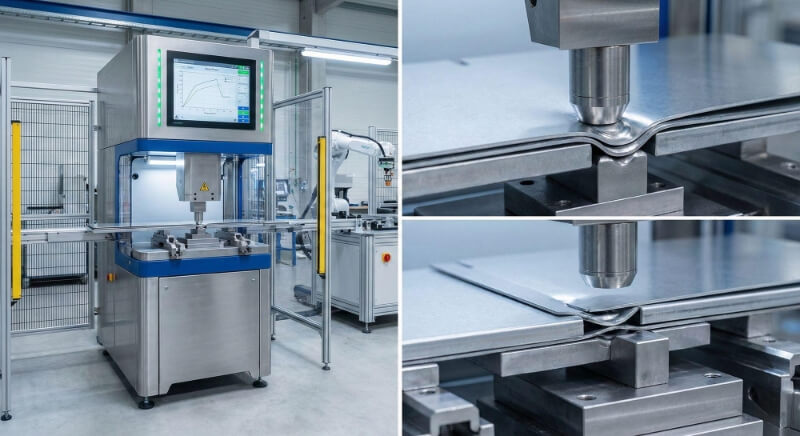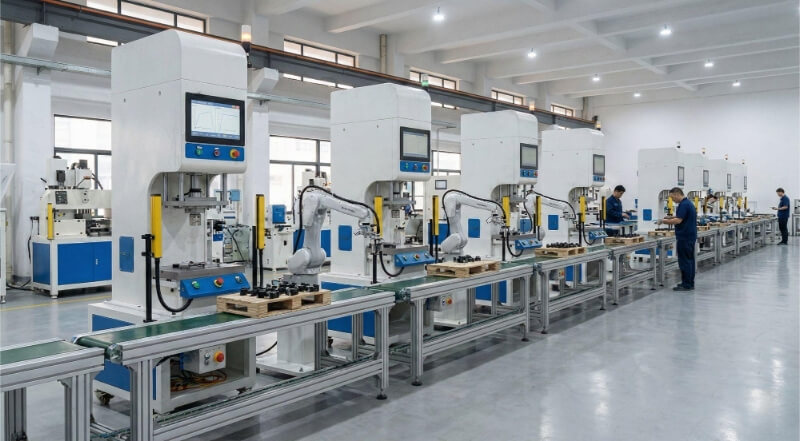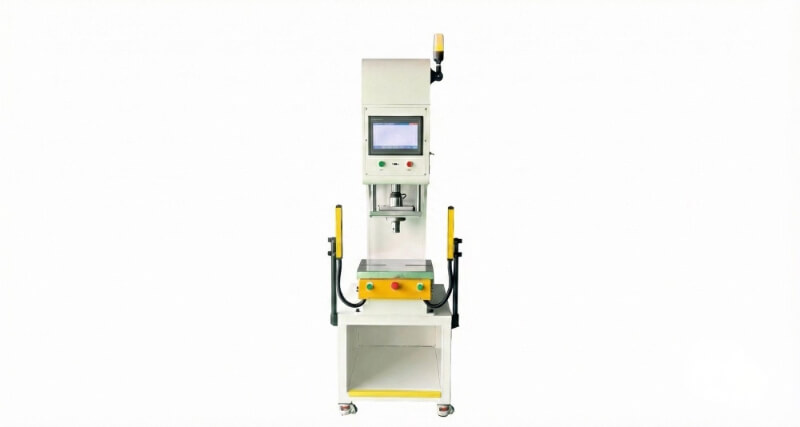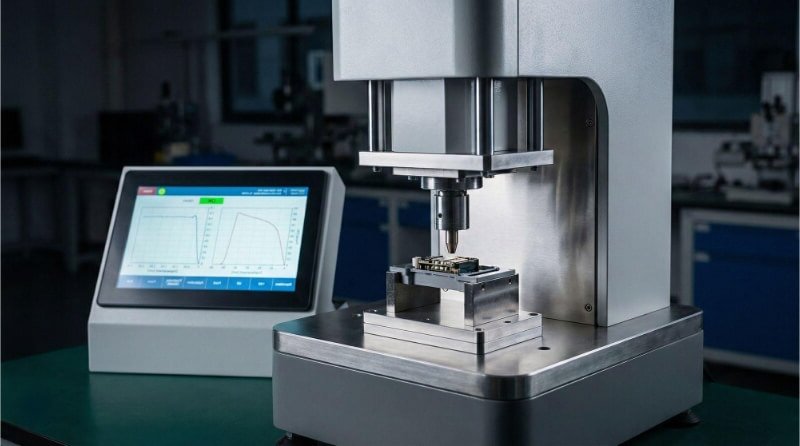When people see metal turn dull or flaky, they think of rust. For those working with metal products, rust is a big concern. It weakens parts, shortens service life, and leads to extra maintenance. Zinc often gets used as a coating on steel, so people ask if zinc itself can rust. If you use or specify metal parts, you want to know how zinc behaves and whether it gives the protection you expect.
Zinc’s reputation for corrosion resistance is strong, but the details matter. How zinc protects metal and what conditions can break down that protection may surprise you. If you want to make the right material choice, keep reading.
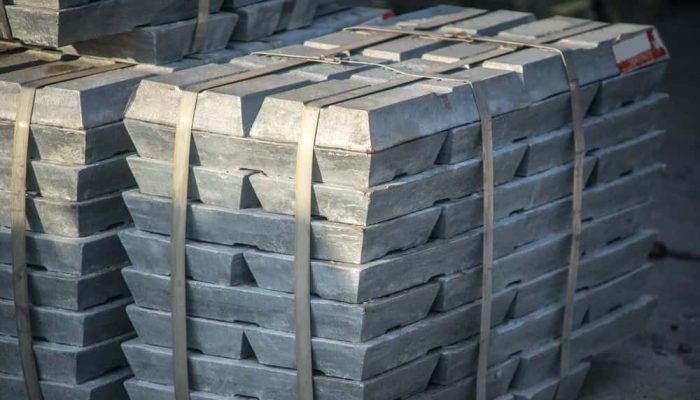
What Is Zinc?
Zinc is a bluish-white metal that comes from the Earth’s crust. It ranks as the 24th most common element found on Earth. Many industries use it as a protective coating for other metals. For example, galvanized steel uses a layer of zinc to help prevent rust.
Zinc on its own is not very strong. That’s why it is often mixed with other metals to form alloys. You’ll find zinc in products like batteries, die-cast parts, and metal coatings. Its strong resistance to rust makes it useful for outdoor and marine equipment.
Zinc melts at about 419°C (786°F). It’s soft and easy to shape at room temperature. When exposed to air, zinc forms a thin surface layer. This layer is made of zinc oxide and helps shield the metal underneath from further damage.
Zinc reacts with acids, bases, and moisture in the air. It usually doesn’t react with pure water, but in everyday environments, it can still wear down slowly. Zinc has a standard electrode potential of -0.76 volts. That means it gives up electrons easily, which is why it’s suitable for use in sacrificial coatings to protect other metals.
Will Zinc Rust?
Zinc doesn’t rust in the same way that iron does. It doesn’t form the flaky, reddish-brown layer we usually associate with rust. Instead, zinc reacts with air and moisture to form a thin surface layer. This layer doesn’t damage the metal—it protects it.
But under certain conditions, zinc can still corrode over time. The way it reacts depends on the environment and the type of zinc coating used.
What Causes Zinc to Corrode?
When exposed to air and water, zinc starts to break down on the surface. It forms a dull gray or white layer instead of red rust. This early layer is mostly zinc oxide. On galvanized steel, especially with hot-dip galvanizing, the corrosion process creates a protective “patina.” This patina is made up of various zinc compounds and builds up slowly. It helps keep the metal underneath safe by sealing it from further exposure.
This white rust, often seen as a chalky coating, is useful. It doesn’t wash away easily and plays a significant role in long-term protection.
However, zinc isn’t completely immune. If the surface is scratched or if it’s exposed to salt, chemicals, or heavy pollution, corrosion can happen faster. High humidity and standing water can also damage the protective layer and speed up the process.
The Formation of Zinc Oxide and Zinc Carbonate
Zinc oxide is the first protective layer to form. It shows up quickly, usually within a few hours of contact with air. It sticks to the surface and doesn’t flake off like iron rust. This keeps the metal strong underneath.
Zinc carbonate takes longer to form. It usually appears outdoors where moisture and carbon dioxide are both present. This layer is more stable and more water-resistant than zinc oxide. It gives the surface even better protection over time.
These two layers work together. They act like a shield, stopping further corrosion and helping zinc stay strong for years. That’s why zinc is trusted for outdoor use—it doesn’t rust like iron, and its surface layers make it self-protecting.
Rust vs. Corrosion: What’s the Difference?
Rust is a specific kind of corrosion that only happens to metals with iron. It produces iron oxide, which is reddish-brown and often flakes away. This weakens the metal underneath.
Corrosion is a more general term. It means any metal breaking down after reacting with air, water, or chemicals.
Since zinc doesn’t contain iron, it can’t rust in the traditional sense. But it does corrode. The good news is that zinc forms solid, stable layers as it corrodes. These layers stay in place and slow down further damage. That’s why zinc coatings are often used to protect steel—it takes the damage first, so the steel underneath doesn’t rust.
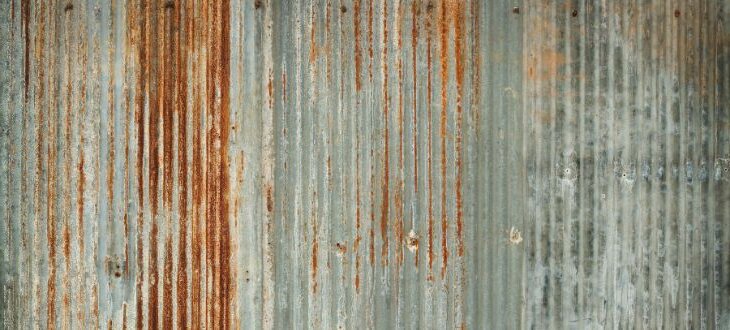
The Protective Nature of Zinc Coatings
Zinc is widely used to coat other metals because it protects them from rust. This works in two ways—by forming a barrier and by sacrificing itself to protect the metal underneath.
How Zinc Protects Other Metals from Rusting?
Zinc shields the base metal from air and moisture. When applied as a coating, it covers the surface and blocks out water, oxygen, and pollutants. Even if the zinc layer gets scratched, it still helps.
Zinc is more reactive than iron. So if the coating is damaged, zinc corrodes first. This process is called “sacrificial protection.” Zinc gives up its electrons to stop the underlying steel from rusting.
Galvanization: A Closer Look
Galvanization is the process of coating steel or iron with a thin layer of zinc. The most common method is hot-dip galvanizing. In this process, the steel part is dipped into molten zinc. The zinc bonds to the surface and creates a strong, long-lasting coating.
This coating protects in three ways:
- Acts as a physical barrier
- Forms stable corrosion products like zinc carbonate
- Provides sacrificial protection if scratched
That’s why galvanized parts are often used in outdoor or marine environments.
The Lifespan of Zinc Coatings
The life of a zinc coating depends on the thickness and the environment. Thicker coatings last longer. In dry indoor settings, they can last decades. In coastal or industrial zones, the life span shortens due to salt and pollution.
Even so, zinc coatings offer substantial value. They delay rust, reduce maintenance needs, and keep parts in service much longer.
Types of Zinc Corrosion
Zinc resists corrosion well, but it’s not invincible. Let’s examine the two main types of corrosion that affect zinc.
White Rust: A Common Zinc Corrosion Product
White rust is a chalky, white or gray powder that forms on zinc surfaces. It usually appears when fresh zinc is stored or exposed to moisture without good airflow. This often happens when parts are stacked too tightly or covered in plastic wrap.
White rust looks bad, but it is primarily a surface issue. It forms zinc hydroxide or zinc carbonate. It doesn’t always mean deep damage, but it can shorten the coating’s life if not handled early.
Causes and Prevention of White Rust
White rust forms when water stays on the zinc surface and can’t dry out. The lack of airflow makes things worse. It’s common during transport, storage, or in high-humidity places.
To prevent it:
- Keep parts dry and well-ventilated
- Avoid covering zinc surfaces with plastic film
- Use proper separators when stacking
- Apply a passivation layer to fresh galvanized parts
Good packaging and storage routines go a long way in avoiding this issue.
Red Rust: When Zinc Protection Fails
Red rust means the steel underneath the zinc is starting to corrode. It forms when the zinc coating is thoroughly worn away or damaged. Unlike white rust, red rust is severe. It shows that the protective zinc layer is no longer working.
Common causes include:
- Deep scratches or cuts through the zinc
- Prolonged exposure to harsh chemicals
- Thin or poor-quality coatings
- High salt environments with no maintenance
Once red rust forms, it’s hard to stop without replacing or recoating the part.
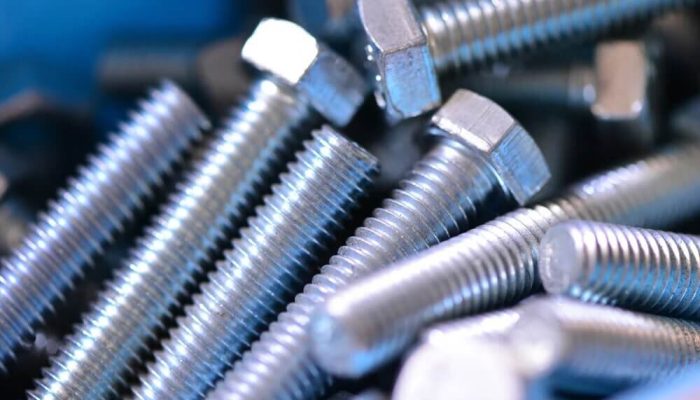
Environmental Impact on Zinc Corrosion
Zinc’s performance changes dramatically based on where it’s used. Let’s examine how different environments affect it.
How Humidity and Saltwater Affect Zinc?
Moisture is the biggest trigger for zinc corrosion. In dry areas, zinc can last for decades with little change. But in high-humidity settings, zinc corrodes faster. Constant moisture keeps the surface wet and breaks down the protective oxide layer.
Saltwater makes things worse. Salt acts as an electrolyte, which speeds up corrosion. In coastal or marine zones, zinc needs thicker coatings or extra protection to hold up.
Zinc in Marine Environments
In marine areas, zinc faces heavy stress from salt spray and humidity. The protective zinc carbonate layer forms more slowly because the salt disrupts it. Over time, the surface may break down unevenly.
To protect zinc in these settings:
- Use hot-dip galvanizing with thicker coatings
- Apply sealants or topcoats
- Rinse parts regularly to remove salt buildup
- Choose zinc alloys designed for marine use
Proper design and care can make zinc parts last even in these harsh places.
Temperature Extremes and Zinc Durability
Zinc performs well in a wide range of temperatures. It handles heat better than many coatings. But very high heat—above 200°C (392°F)—can cause zinc to oxidize too fast. It may even start peeling or cracking if the heat is constant.
Extreme cold has less of an effect on corrosion. But repeated freezing and thawing can trap moisture, which increases surface wear over time.
In both hot and cold areas, proper coating thickness and protection help zinc last longer.
Preventing Zinc Corrosion
Zinc naturally resists corrosion, but proper care extends its lifespan significantly. Here’s how to keep zinc-coated products in top condition.
Best Practices for Maintaining Zinc Coatings
To protect zinc coatings, avoid leaving them in standing water or near strong chemicals. Try to store zinc parts in dry places with good airflow. Handle them gently during shipping or setup to prevent scratches or dents.
Design also plays a role. Sharp edges and tight corners wear down faster. Smoother shapes and proper drainage can help water run off instead of sitting on the surface.
Protective Coatings and Treatments
You can make zinc last even longer by adding another protective layer. Clear sealants or paints help block out moisture, salt, and air. Some common choices are chromate treatments, epoxy paint, and powder coating.
These extra coatings not only slow down corrosion but also make cleaning easier. In coastal or industrial areas, this added protection is often a smart move.
Regular Maintenance Tips for Zinc Products
It’s a good idea to clean zinc surfaces now and then. Dirt, salt, and grime can speed up wear. Just use mild soap and water—no harsh chemicals or rough tools. After washing, rinse well and dry thoroughly.
Check parts regularly for signs of damage. If you notice any white buildup or red spots, deal with it early. Minor repairs can help stop bigger problems. For outdoor parts, consider reapplying coatings every few years to maintain their condition.
Conclusion
As you can see, whether zinc rusts or not mostly depends on the environment. Key factors that speed up zinc rust include oxygen, saltwater, and acidic surroundings. With proper care and the right coatings, though, zinc can stay strong for a long time.
Looking for durable metal parts with corrosion-resistant finishes? Get in touch with us today—upload your drawings, and our expert team will offer fast quotes and professional solutions tailored to your needs.
FAQs
Can Zinc Rust in Water?
Zinc does not rust like iron, but it can corrode in water. If the water contains oxygen, salts, or acids, zinc will slowly form corrosion products like zinc hydroxide. In still or polluted water, corrosion happens faster.
How Long Does It Take for Zinc to Corrode?
It depends on the environment. In dry indoor areas, zinc can last 20 to 50 years with little change. In marine or industrial zones, corrosion may start in just 1 to 3 years if left unprotected.
Is Zinc More Corrosion-Resistant Than Iron?
Yes. Zinc forms a stable surface layer that protects it from deeper damage. Iron forms rust that flakes off and exposes fresh metal. Zinc resists this and also protects nearby iron or steel through sacrificial action.
What Are the Signs of Zinc Corrosion?
Early signs include white powder or streaks on the surface—this is white rust. In advanced stages, the coating wears through, and red rust may appear on the base metal. Dull or rough patches can also show surface wear.
How Can I Protect Zinc from Corroding?
Keep the surface clean and dry. Store in well-ventilated areas. Avoid contact with acids, salts, or strong cleaners. Add sealants or coatings in harsh environments. Inspect and maintain parts regularly to catch early wear.
Hey, I'm Kevin Lee

For the past 10 years, I’ve been immersed in various forms of sheet metal fabrication, sharing cool insights here from my experiences across diverse workshops.
Get in touch

Kevin Lee
I have over ten years of professional experience in sheet metal fabrication, specializing in laser cutting, bending, welding, and surface treatment techniques. As the Technical Director at Shengen, I am committed to solving complex manufacturing challenges and driving innovation and quality in each project.

